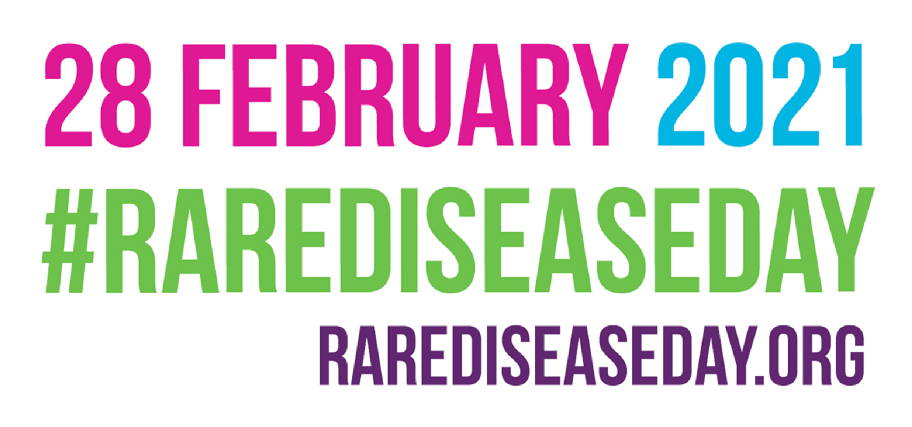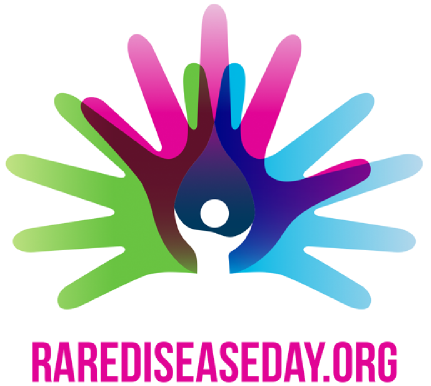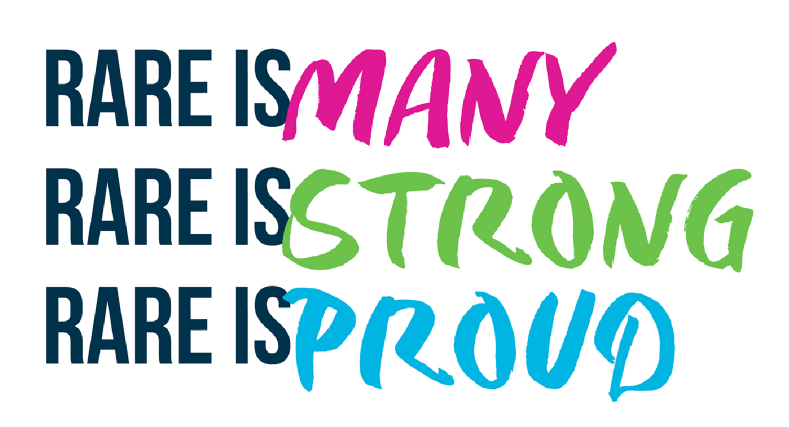Meet BillyDean and Suzette
BillyDean and Suzette battled the effects of myotonic dystrophy type 1 (DM1) before they even knew its name. Through their resilience and Suzette’s incredible advocacy efforts for her son, BillyDean, they succeeded in getting a DM1 diagnosis and have been learning how to live and thrive ever since.
BillyDean was born on November 3, 1994, and from the moment of his birth until his third week of life, he never cried. His mother, Suzette, was told by doctors that BillyDean was just a quiet baby. The only other irregularity in terms of his development was that he slept with his eyes partially open. Suzette didn’t think too much of this since his father did as well. Aside from these initial characteristics, BillyDean progressed normally until he reached preschool, when Suzette began to notice marked differences between his experiences and those of his older half-sisters.
“Preschool was a struggle,” Suzette explained, and as BillyDean continued on through elementary school, the difficulties persisted. “He would sit at the kitchen counter crying while working on handwriting projects for school, saying that his hand hurt.” Suzette, along with BillyDean’s teachers, decided that it would be best for him to repeat first grade, and he was able to obtain one-on-one tutoring for the remainder of his schooling.
Suzette continued to present her concerns about her son’s development to the family’s pediatrician, but her inquiries were often met with dismissal. At each visit, she was reassured that “everything was fine.” Suzette shares, “The doctor said at that time that I was trying to compare him to my girls and ‘You can’t compare boys and girls, because girls are born that way and boys develop slower.’” But Suzette, as a mother, had unique insight into the lives of her children. Worry still nagged at the back of her mind, and she continued to seek out better answers to the cause of BillyDean’s challenges, both in school and at home.
From the time BillyDean was in elementary school until his late teens, one of Suzette’s greatest concerns related to his inability to maintain a healthy weight. Regardless of how much BillyDean ate—and despite repeatedly normal nutritional panels—each doctor’s visit was accompanied by the additional stress of what the scale would read. They visited frequently with nutritionists and the local children’s hospital and were repeatedly

confronted with the idea of inserting a feeding tube. “That was one of the decisions that used to worry me all the time,” remarks Suzette. As a registered nurse, she understood the value of feeding tubes and that they could often help to prolong a person’s life. But she was also aware of the potential threats a feeding tube could pose to BillyDean’s health, such as infections, and she and BillyDean worked dutifully to maintain his weight so that they could avoid that option.
While BillyDean and Suzette found themselves battling ongoing challenges, they looked to BillyDean’s half-siblings for community and insights, because they and their children also faced unexplained health issues and sought to find answers. In 2004 one of BillyDean’s half-sisters was referred to a neurologist. After meeting with the family, a medical student who was present during the appointment pulled the neurologist aside and told him that after shaking the girl’s hand and hearing her symptoms, she found herself considering the possibility of myotonic dystrophy. She suggested they pursue it as a possible diagnosis. Genetic testing completed in the following weeks confirmed a diagnosis
of myotonic dystrophy. Subsequent testing for each of the other family members revealed that BillyDean and his half-sister, half-brother, and father all possessed the mutation that results in the condition. “If it wasn’t for the student speaking up and the neurologist receiving that well, we would not have gotten that diagnosis,” says Suzette. Finally, after years of searching, BillyDean and his family found the answers they were searching for.
Suzette and her family embraced the diagnosis. Suzette says, “Having that information, even though there was not any treatment or a cure—at least we could start trying to manage it differently. I always say, at least when you have a correct diagnosis… you can start making better choices and decisions about day-to-day life so that that person can live their best life.
As they learned more about life with DM1, BillyDean and Suzette made changes to their daily lives. Suzette switched from her hospital-based nursing job to one where she could work from home, allowing her to better support BillyDean. She also devoted her time to finding other families on the same disease journey. At the time, the primary resource for individuals living with DM1 was the Muscular Dystrophy Association (MDA). She took a day off of work and searched through MDA’s records to connect with other families living with DM1—and her efforts were rewarded. Suzette hosted her first DM1 event at a local library, and so many families attended

that there weren’t enough chairs for everyone. From there, she embarked on the mission to create the first support group for individuals living with myotonic dystrophy in Indiana, and her organization predated even the Myotonic Dystrophy Foundation. Suzette describes the most important part of her advocacy as “being there for other people” and “keeping yourself and the people around you as supportive as possible.”
As Suzette demonstrates, caregivers are an essential component of the muscular dystrophy community. When asked what she would say to caregivers of individuals newly diagnosed with DM1, Suzette responded, “You have to develop coping skills for yourself so that you can advocate for that person while taking care of yourself as well.” She says, “It’s like on an airplane when they say, ‘Put your mask on first before helping another person.’”
Suzette’s own coping skills consist of activities such as listening to music and spending time with her grandchildren. BillyDean, on the other hand enjoys bowling and says, “I ride horses when I can.” While Suzette describes herself and BillyDean as “total opposites,” they’re still able to find ways to have fun together. They both like to spend time outdoors, and Suzette will roller-skate on the driveway while BillyDean tends to their property. BillyDean is “a self-proclaimed John Deere man” and serves as the land manager, taking care of the property and completing repairs.
Aside from yardwork, BillyDean enjoys taking care of his service dog, Gabe. “He’s a golden retriever cross – he’s part golden retriever, part Great Dane,” BillyDean tells us, and Suzette is sure to add on that Gabe is BillyDean’s “best friend and motivator.”
Suzette says, “Living with DM1 taught me to slow down and live in the day. When I wake up, my goal is to make sure that BillyDean and I have the best day possible that day, whatever that is. Sometimes it might just be getting a shower, and other times it’s a lot more exciting stuff, but whatever it is for that day, I try to make sure that it’s a good day and that we are thankful.” She notes: “I used to live in such a hurried state,” but it turns out, “BillyDean’s world actually works better for me. I make sure now that I see the value in every day, and I didn’t used to do that before…and so I just look at life differently now.”




